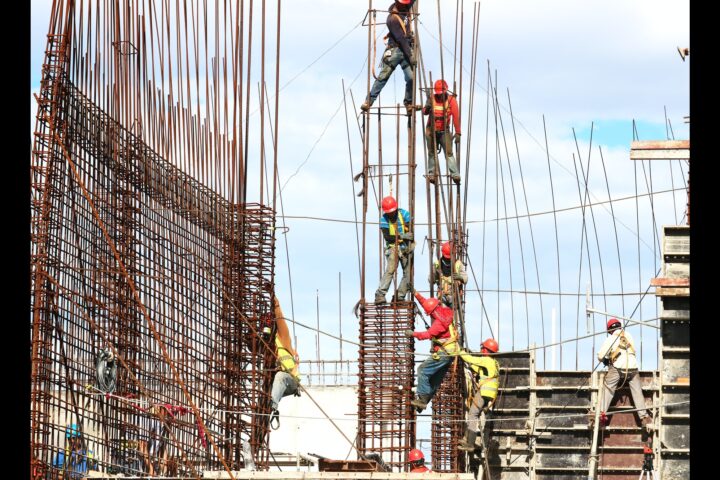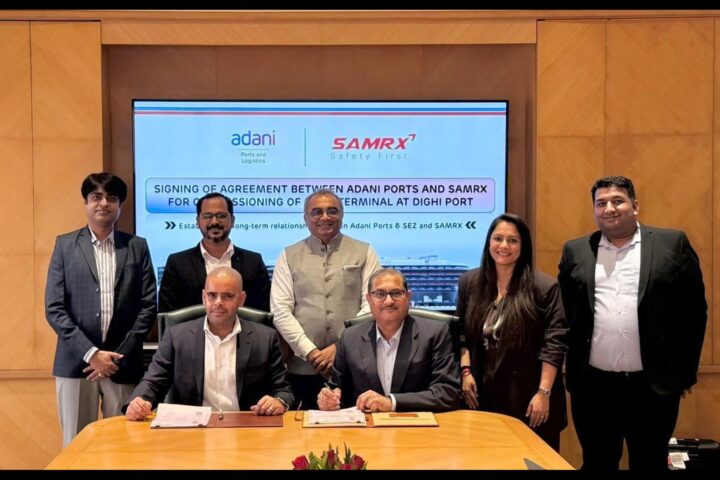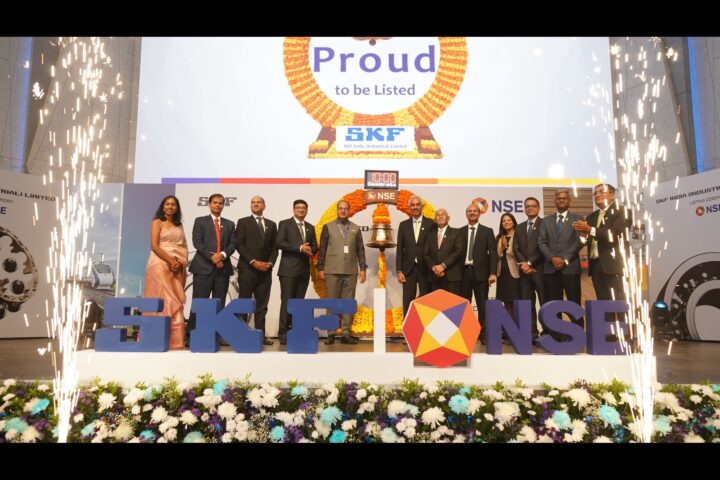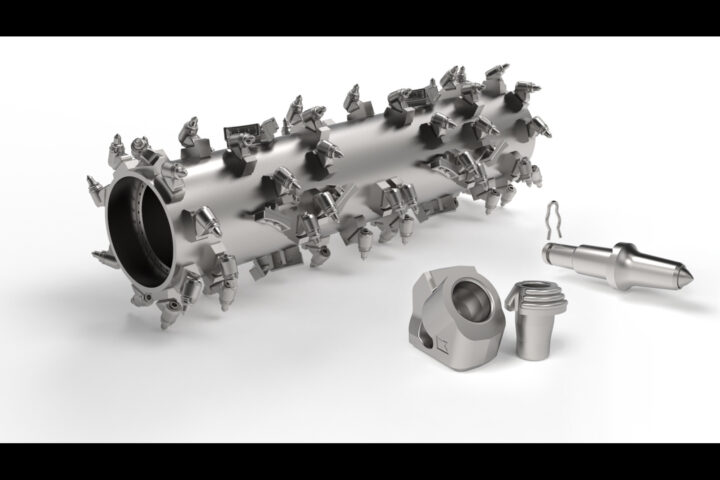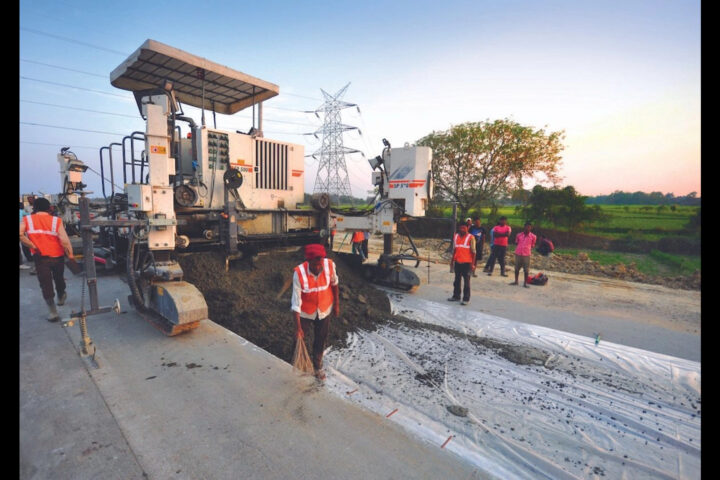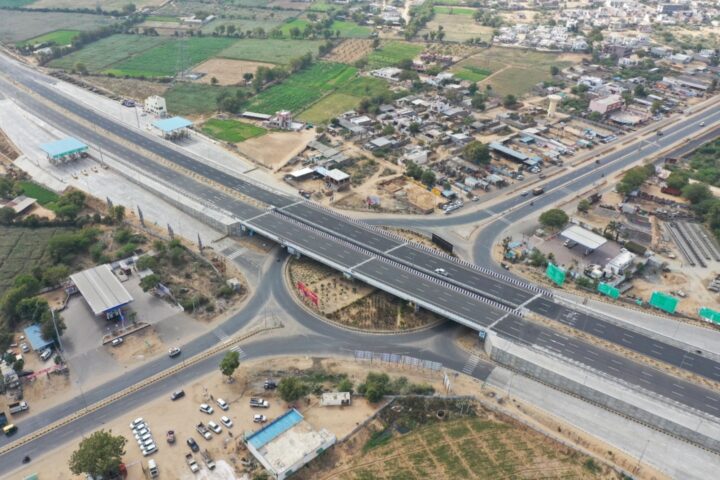The warehousing sector in India is at the threshold of a new era. From simple godowns and sheds it is evolving into an organised sector with highly automated warehouse mechanism catering to the distinctive needs of each industry.
As India’s economy is moving towards a growth trajectory with industries witnessing a strong growth, the emphasis is on providing a seamless customer experience with efficient and speedy delivery mechanism. The changing requirement of agricultural & industrial demand has prompted warehousing players to adopt new technologies and expand their areas of services to give a comprehensive delivery solution.
While the increased demand has attracted domestic and foreign players, the policy initiatives rolled out by the Government has propelled the growth further. Moreover, the ongoing trade tensions between the United States and China has posed a major opportunity for India. In recent months, India has been gaining traction as a manufacturing hub for international players.
Demand Drivers
Driven by a strong consumption led demand by manufacturing sector, 3rd Party Logistics (3PL) players, e-commerce sector, auto ancillary segment, the sector has transitioned from fragmented sheds and godowns to a more organised segment with state-of-the-art warehousing facilities. The transformation has also been augmented by government initiatives, global trade dynamics, an influx of technology and evolving consumption patterns.
In India warehousing occupancy is primarily led by 3PL/ Logistics, Ecommerce, Auto and Ancillaries, FMCG/ Retail and others. The preferences of occupiers and the interest of investors are changing keeping pace with the changing compliances and requirement of businesses. The need for larger facilities and higher quality assets is also attracting top-tier developers with strong global track records.
The phenomenal growth of Warehousing sector in recent years is further contributed by the government policy initiatives such as the Goods and Services Tax (GST) implementation and Make in India program, as well as global trade dynamics and evolving consumption patterns.
GST implementation has enabled consolidation of the tax structure across states, which in turn is enabling companies to set up an efficient distribution network. Post GST we would also see development of centrally located warehousing facilities with warehousing management system to optimise their distribution system.
India has also been gaining prominence as a manufacturing hub for multinational companies as they are keen to expand their manufacturing footprint in Asia and Government’s ‘Make in India’ initiative has added further impetus to it.
These policies along with ‘Make in India’ initiative coupled with granting of ‘Infrastructure status’ to the sector have contributed towards demand for organised and highly automated, efficient supply chain and warehousing facilities. India’s corporate tax reduction is likely to improve competitiveness as well. We expect India to benefit from lower tax rate than the global average corporate tax rate of 23.8%, and the Asian average of 21.1%.6. This tax rate concession should leave the companies with more cash for investment and expansion and persuade them to remain and expand in India.
Investment Trend in Warehousing Sector
Since 2017, the sector has attracted interest from multiple large institutional investors with Private Equity investment inflows of Rs. 254 billion (USD3.6 billion), signifying a large pool of capital available for investment in this sector. Since 2017, the sector has attracted interest from multiple large institutional investors with Private Equity investment inflows of Rs. 254 billion (USD3.6 billion), signifying a large pool of capital available for investment in this sector. (data source: Indian Industrial & Warehousing Market 2019_ Colliers International).
The investment inflow from both foreign and domestic investors will continue due to multiple tailwinds and Colliers International projects the investment inflow is likely to touch Rs. 495 billion (USD6.9 billion) by 2021 as existing participants expand their portfolio and new players enter the market. The available capital pool will further increase as other large foreign and domestic players enter the sector driven by favourable demand drivers.
Growth corridors
Increased investor interest and granting the infrastructure status to the sector by the Government have been providing a major thrust in developing dedicated industrial corridors across the top tier cities. Delhi-NCR, Bangalore, Chennai, Hyderabad, Kolkata and Pune are witnessing major traction from international as well as domestic players.
Major microlocations:
| Bengaluru: Hsokote–Narsapura, Jigani-Attibele, Kengeri- Bidadi, Nelamangala-Dabaspet (Tumkur Road) |
| Chennai: Sriperumbudur-Organdam- Tiruvelur , Madhavaram- Periyapalayam, Gummidipondi – Sricity, GST Road( NH32) |
| Delhi: NCR: Tauru Road, Badli Road, Bilaspur, Farrukhnagar, Binola, Pataudi Road, Jindal Nagar, Dadri, Noida, Greater Noida, Faridabad, Mundka |
| Hyderabad: Medchal-Gundlapochampally, Patancheru, Shamshabad |
| Kolkata: Dankuni – Srirampur – Baidyabati, Dhulagarh – Uluberia, Madhyamgram Barasat- Barrackpore, Taratala – Maheshtala, Budge Budge – Garden Reach, Bagnan, Singur |
| Mumbai: Mankoli, Vadape, Padgha (Bhiwandi Cluster), Sape (Bhiwandi Cluster), Taloja, Panvel, Patalganga, JNPT |
| Pune: Telgaon, Chakan, Pirangut, Phulgaon, Koregaon Bhima, Sanaswadi, Ranjangaon, Khed, Khed- Shivapur, Shirwal |
Source: Colliers International India
Emerging Formats & Way Ahead
Over the next five years, the hub-and-spoke model, a centralized, integrated logistics system where distribution centers receive products from many different origins, consolidate the products, and send them directly to destinations, will become more prevalent. Hence, there will be a significant difference in the efficiency, delivery timeline and cost reduction.
With the booming E-commerce segment driving demand for warehouses there will be requirement of large warehouses or fulfilment centers, across India. E-commerce players will entail high requirement for automated logistics & supply chain.
Considering the demand for integrated and highly mechanised warehousing facilities and formats particularly in the retail, FMCG and industrial sector, real estate developers are coming up with integrated logistics parks and multi-storey warehousing.
While large players may prefer a combination of their own facilities as well as leased space, most medium and smaller players as well as 3PL operators are likely to lease warehousing facilities from developers. The last mile costs as a part of overall logistics costs are as high as 50 percent and we believe that location is a critical aspect for establishing a fulfilment center as it determines the last-mile delivery timeline. The requirement for fulfillment centers is likely to rise by leasing quality spaces at strategic locations to optimize costs.
Simultaneously, consumer-led companies should upgrade technology to incorporate artificial intelligence and the Internet of Things (IoT) to minimize the delivery timelines to a few hours in major consumption centres. E-commerce companies are already using technologies such as warehouse management systems (WMS) for optimizing tasks like locating parcels and picking up the right kind of packaging. Over the next ten years, there will be greater amalgamation of technologies such as the IoT, radio frequency identification (RFID), automation and robotics that should enable companies to more efficiently coordinate inventory management, warehousing, and delivery. These technologies help avoid inventory damage, while creating transparency on throughput to pick and process orders with greater efficiency. The tech-driven approach allows suppliers to cater to occupiers’ requirements cost-effectively and time-efficiently.
Warehousing developers will have to expand in the industrial and warehousing sector by collaborating with corporates and government agencies owning land banks in viable micromarkets. Developers should provide BTS solutions in order to cater to the specific requirements of occupiers by offering quality products that should help retain tenants and maintain asset value.
Occupiers mulling large contiguous warehouse leases, especially in the ecommerce and 3PL sectors, should look at select micromarkets critically that would also allow them to scale up and maintain sustainability.
by Sankey Prasad, Managing Director & Chairman, Colliers International India
@EPC World Media


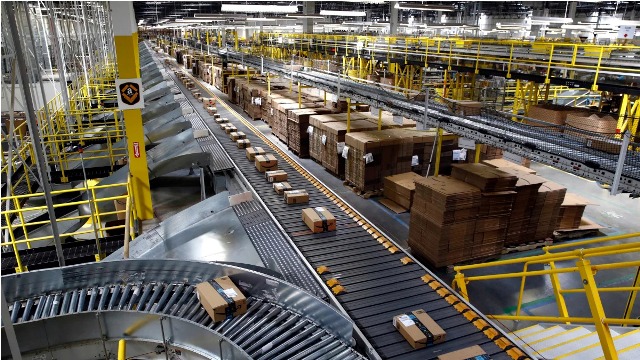



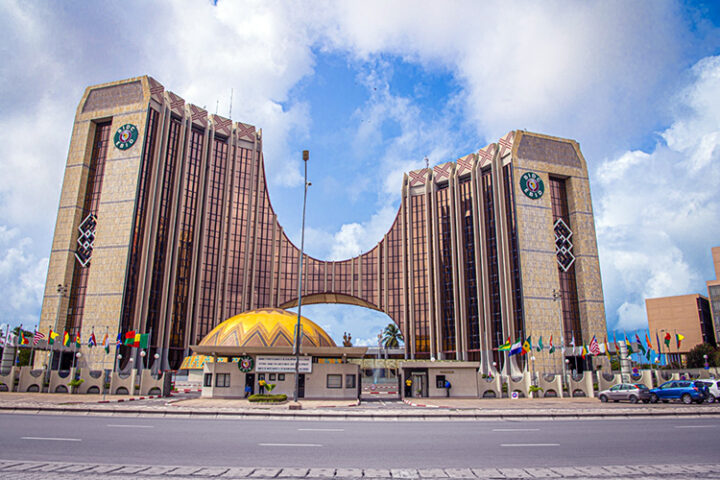
.jpg)
